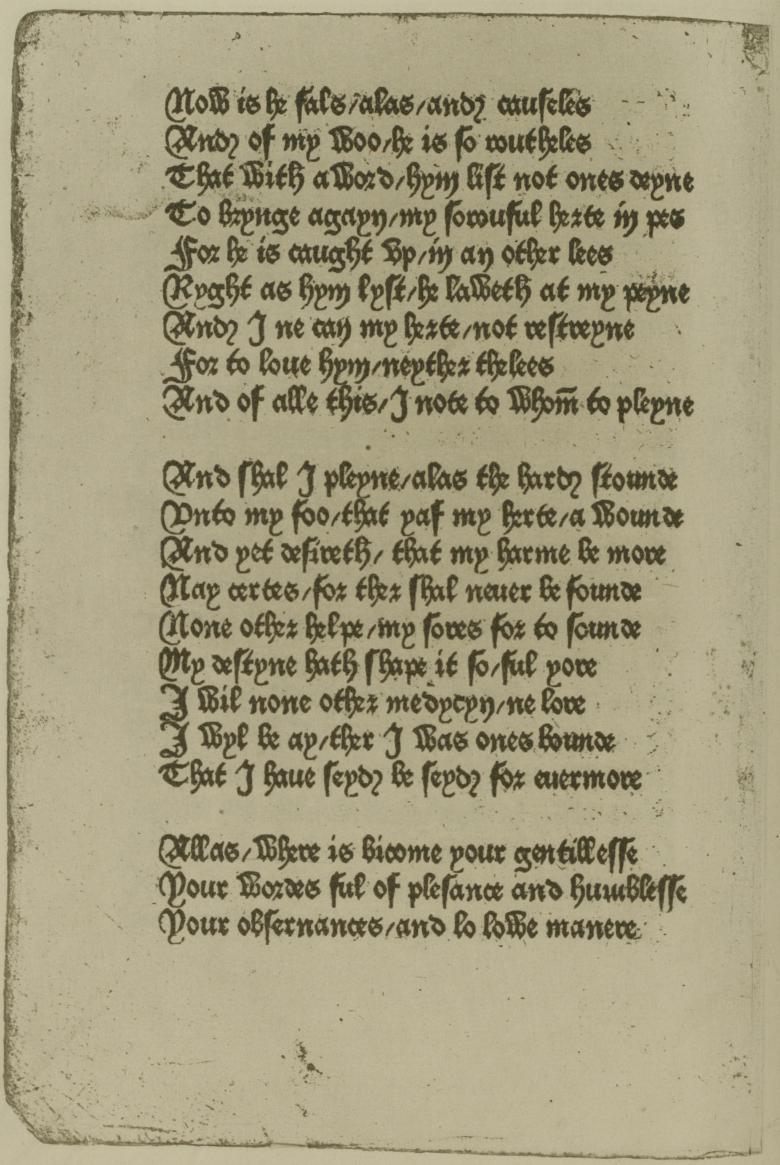Anelida And Arcite on:
[Wikipedia]
[Google]
[Amazon]
 ''Anelida and Arcite'' is a 357-line English poem by
''Anelida and Arcite'' is a 357-line English poem by
 ''Anelida and Arcite'' is a 357-line English poem by
''Anelida and Arcite'' is a 357-line English poem by Geoffrey Chaucer
Geoffrey Chaucer ( ; – 25 October 1400) was an English poet, author, and civil servant best known for ''The Canterbury Tales''. He has been called the "father of English literature", or, alternatively, the "father of English poetry". He w ...
. It tells the story of Anelida, queen of Armenia
Armenia, officially the Republic of Armenia, is a landlocked country in the Armenian Highlands of West Asia. It is a part of the Caucasus region and is bordered by Turkey to the west, Georgia (country), Georgia to the north and Azerbaijan to ...
and her wooing by false Arcite from Thebes, Greece
Thebes ( ; , ''Thíva'' ; , ''Thêbai'' .) is a city in Boeotia, Central Greece (administrative region), Central Greece, and is one of the oldest continuously inhabited cities in the world. It is the largest city in Boeotia and a major cente ...
.
Although relatively short, it is a poem with a complex structure, with an invocation and then the main story. The story is made up of an introduction and a complaint by Anelida which is in turn made up of a proem, a strophe
A strophe () is a poetic term originally referring to the first part of the ode in Ancient Greek tragedy, followed by the antistrophe and epode. The term has been extended to also mean a structural division of a poem containing stanzas of var ...
, antistrophe
Antistrophe (, "a turning back") is the portion of an ode sung by the chorus in its returning movement from west to east in response to the strophe, which was sung from east to west.
Characteristics
Usage as a literary device
It has the n ...
and a conclusion. After the complaint there are a few lines which continue the story, but these may have been added by a later scribe. Like many of Chaucer's works it ends abruptly, and may be unfinished. The date of the poem's composition is not known but it is often placed in the late 1370s. The poem is never mentioned by Chaucer himself but scholars do not usually doubt his authorship. It is attributed to him in three manuscripts and by the poet John Lydgate
John Lydgate of Bury () was an English monk and poet, born in Lidgate, near Haverhill, Suffolk, Haverhill, Suffolk, England.
Lydgate's poetic output is prodigious, amounting, at a conservative count, to about 145,000 lines. He explored and estab ...
.
The poem uses some of elements of the '' Teseida'' of Boccaccio, and the ''Thebaid
The Thebaid or Thebais (, ''Thēbaïs'') was a region in ancient Egypt, comprising the 13 southernmost nome (Egypt), nomes of Upper Egypt, from Abydos, Egypt, Abydos to Aswan.
Pharaonic history
The Thebaid acquired its name from its proximit ...
'' of the Roman poet Statius, works which Chaucer would use again as a basis for '' The Knight's Tale''. This influence of Italian literature is a point of transition from Chaucer's earlier works which were mainly influenced by French poetry
French poetry () is a category of French literature. It may include Francophone literature, Francophone poetry composed outside France and poetry written in other languages of France.
French prosody and poetics
The modern French language does not ...
. The poem itself is a rather ungainly mixture of the two traditions, with an epic invocation typical of Italian poetry giving way to a much less epic story, more French in character. Despite these jarring styles, the part of the work which forms Anelida's complaint is one of the most highly regarded uses of the "lover's-complaint" motif. Chaucer wrote several other short poems in the complaint genre such as ''The Complaint unto Pity'' and ''The Complaint of Venus'', and this may have been an unsuccessful attempt on Chaucer's part to extend the form into a much longer poem.
References
14th-century poems Middle English poems Poetry by Geoffrey Chaucer {{poem-stub